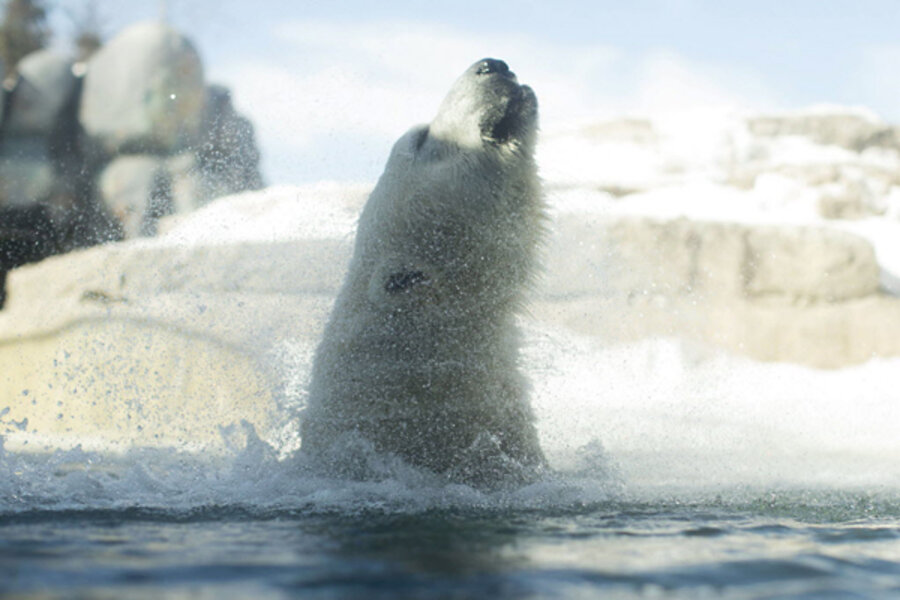Inuit, conservationist groups oppose polar bear trade ban
Loading...
| Ottawa
Proposals to ban trade in polar bear furs will do little to ensure the animals' long-term future, Canada's Arctic Inuit and two major conservationist groups both say.
The United States wants the Convention on International Trade in Endangered Species of Wild Flora and Fauna (CITES) to list the bears as endangered at its meeting in Bangkok this week, a move that would prohibit international trade in their body parts and fur.
But the Inuit say that would slash one of the few sources of income they have. There are about 50,000 Inuit in Canada, most of them living in small remote northern settlements.
"It's a means of a livelihood for Inuit in villages and communities that don't have a lot of other means for economic opportunities," Terry Audla, head of the Inuit Tapiriit Kanatami (ITK), Canada's main Inuit umbrella group, said on Tuesday.
CITES lists polar bears as a species that is not necessarily threatened with extinction now, but may be in the futures unless trade is closely controlled.
Scientists say rapidly melting Arctic ice could eventually have dire implications for the global population of around 25,000 polar bears, 16,000 of which are on Canadian territory. Some U.S. green groups estimate the population could fall by two thirds by 2050.
The U.S. Fish and Wildlife Service says that from 2001 through 2010, an average of 3,200 items made from polar bears were exported or re-exported from the five jurisdictions in the world where the animals live: Canada,Russia, Norway, the United States and the semi-autonomous Danish territory of Greenland.
"The current level of trade may have a detrimental impact on the status of the species because trade, particularly commercial trade, compounds the threat to the species posed by habitat loss," it said in its proposal to CITES.
Audla said Canadian hunters kill about 600 bears a year and sell body parts and pelts from half of them, earning on average around C$5,000 ($4,850) a pelt.
Those figures include around 20 sports hunts, which allow people from outside the Arctic to pay some C$20,000 for the right to shoot a polar bear.
"Inuit have been very active participants in the management and when it comes to the harvest of bears, it's based on sustainable levels that would not in any way (have) an impact on the populations and the health of the populations," Audla said.
The International Union for Conservation of Nature Species said banning the global trade in polar bear parts will have little effect on the animals' long-term health.
"Scientific evidence overwhelmingly indicates that the primary global threat to polar bears is loss of sea ice habitat due to anthropogenic climate change - not international trade," it said in a statement on its website.
"Habitat loss and the resulting population declines can only be mitigated through global reduction in emissions of greenhouse gases," it said.
The World Wildlife Fund is also opposed to the U.S. proposal.
A similar proposal to ban trade in polar bear body parts failed at a 2010 meeting of CITES, and even the convention's secretariat opposes a trade ban.
"There is insufficient evidence to show that the species has undergone a marked decline in the population size in the wild," it said in a recommendation to vote against the proposal.
The Canadian government says the polar bear does not meet the CITES criteria for being listed as endangered, given that the population is not small, does not have a restricted area of distribution and no marked decline in numbers has been observed.
(Reporting by David Ljunggren; Editing by Janet Guttsman; and Peter Galloway)







